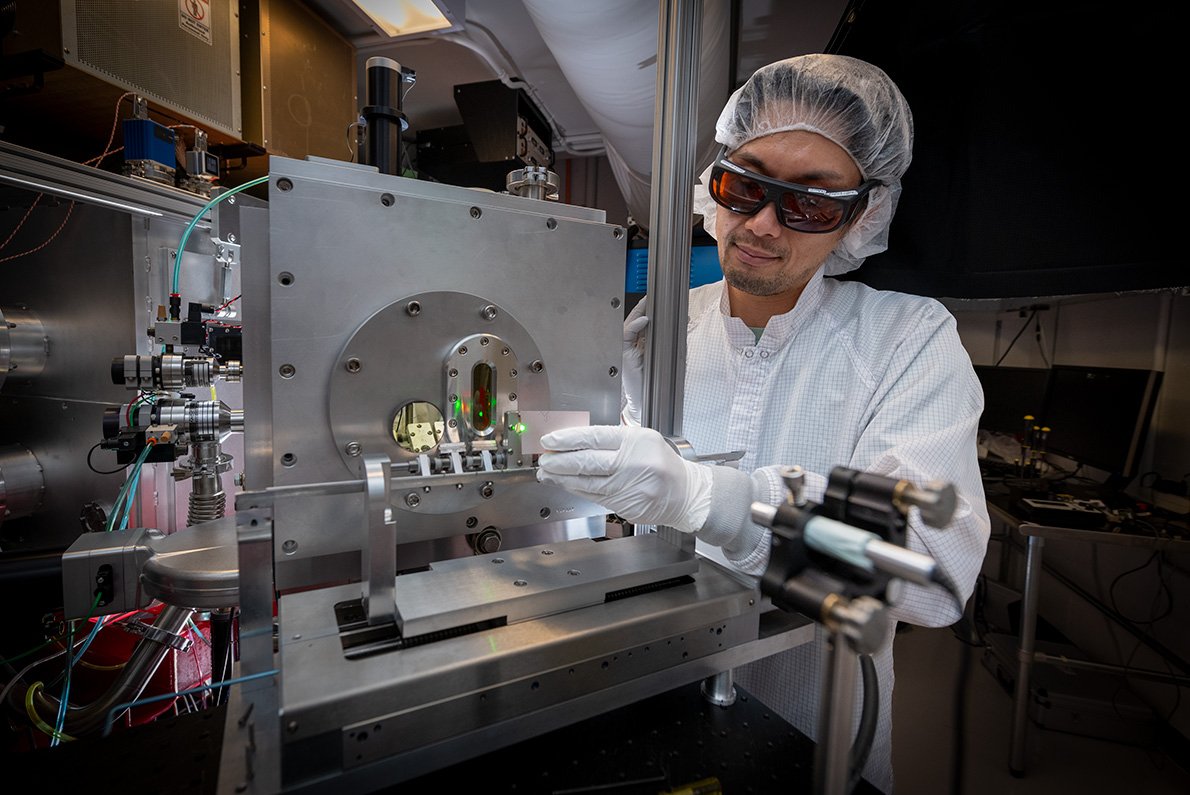Answer ALS is proud to announce the launch of a groundbreaking collaborative initiative aimed at accelerating AI-powered drug discovery for ALS and other neurodegenerative diseases. This effort, known as the Louisiana AI Drug Development Infrastructure for ALS (LADDIA), brings together leading institutions and innovators, including GATC Health, Pennington Biomedical Research Center, and Tulane University – a tech-bio innovator using validated AI models to accelerate drug discovery from large-scale multiomics data – to harness the power of artificial intelligence and one of the largest ALS datasets in the world.
This initiative is made possible through a commitment from the State of Louisiana to advance neuroscience research and innovation across the state. By investing in LADDIA, Louisiana is helping to position itself as a national leader in the convergence of AI and biomedical discovery.
At the center of this effort is Dr. Jeffrey Keller of Pennington Biomedical, working in close partnership with Dr. Aron Culotta of Tulane. Together, they will lead a coordinated statewide effort of connecting researchers with expertise in AI, drug discovery, neuroscience, and clinical care, while all working together to drive innovation toward ALS treatments. Currently, there are no known viable treatments for ALS, LADDIA’s goal is to help change that trajectory.
This is more than a research partnership, it’s a strategic investment in the future of ALS discovery. By aligning Louisiana’s top talent and institutions with cutting-edge AI tools and our open-access Neuromine Data Portal, we are enabling real-time collaboration that could help identify druggable pathways and translate data into breakthroughs.”
Clare Durrett, Executive Director of Answer ALS
The initiative will roll out in two phases:
- Phase One focuses on building the collaborative foundation, recruiting local talent, aligning institutional strengths, and preparing the infrastructure for AI-enabled drug discovery.
- Phase Two activates the foundation to advance collaborative projects, optimizing AI models, and generating high-impact scientific outputs across participating institutions.
“With the gradual adoption of artificial intelligence in applications around the globe, to apply this incredible technology toward the pursuit of treatments for ALS and other neurodegenerative diseases is perhaps the most noble and worthwhile implementation of it,” said Dr. Keller, who is the principal investigator of Answer ALS’ open access data repository, Neuromine. “The open-access repository of the Neuromine Data Portal will be instrumental in this pursuit, and along with Dr. Culotta, I look forward to collaborating with researchers and AI experts to navigate currently unseen patterns to potential treatments.”
The ultimate goal is to identify and prioritize therapeutic targets using AI-driven insights from the Answer ALS’ Neuromine Data Portal, the largest open-access ALS dataset in the world.
“GATC is proud to partner in this important mission to leverage our proprietary AI platform to identify druggable ALS targets with high predictive accuracy,” said a GATC Health president Dr. Rahul Gupta. “We believe this alliance of research data, academia and advanced AI is the new model for rapid discovery of novel therapeutics to treat diseases currently lacking effective treatment. The biomarkers identified through this collaboration will be shared with the research community, while also enabling GATC to pursue therapeutic development based on these discoveries.”
Benchmarks for the initiative include joint research publications, data-driven discoveries, and a shared roadmap for long-term collaboration, positioning Louisiana as a leader in AI-driven medical innovation. The model being driven by LADDIA and GATC also represents a scalable framework for applying AI to other complex diseases, from Alzheimer’s to chronic pain, through public-private partnerships.
“This important collaboration highlights the power of AI to transform healthcare,” said Dr. Culotta. “Combining Tulane’s expertise in AI and biomedical research with partners across the state, we aim to accelerate AI-driven solutions for ALS and other health challenges.”
Answer ALS remains committed to building the tools, data, and partnerships needed to end ALS. With the launch of LADDIA, another chapter in that mission begins.











































